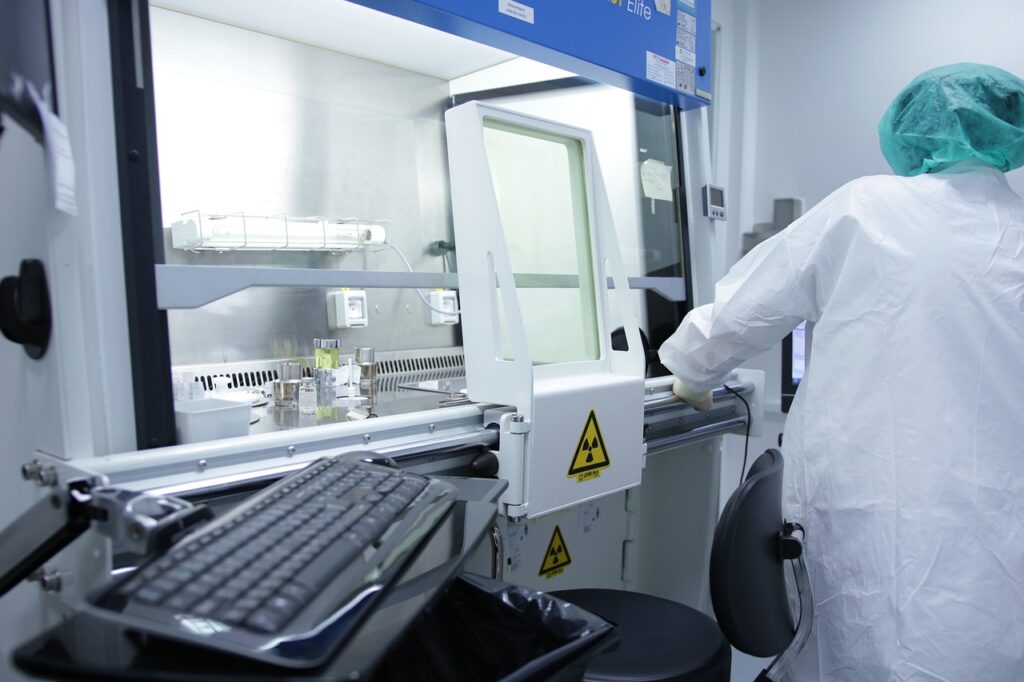
Pharmaceutical companies must stay on top of the latest trends and technology to ensure their products are safe and effective. One important tool for doing so is the design of experiments (DOE). DOE is a powerful technique that can help pharmaceutical companies develop and test new drugs. In this blog post, we’ll explain four reasons why design of experiments is essential for pharmaceutical companies.
Increase efficiency in the drug development process
One major benefit of using design of experiments is that it increases the efficiency of the drug development process. By using design of experiment, scientists can use fewer resources while still getting reliable results from their experiments. This means they can save time and money while still achieving their goals. Furthermore, DOE allows scientists to test multiple variables at once quickly, which helps them identify potential problems quickly and make changes as needed.
Identify optimal conditions
Design of experiments, a general approach used to plan, design, and analyze experiments, is an invaluable tool for scientists developing new drugs. Using DOE, they can understand the effects of different input variables on desired output elements and ultimately arrive at optimal conditions for their experimental design. As such, it helps lend consistency and reliability to these processes, making them easier to replicate. Furthermore, DOE also serves as a valuable support system for review processes by providing hard data that can be used to back up assumptions made in drug research.
Improve quality control measures
DOE is a powerful method used in the pharmaceutical industry to improve the quality and accuracy of outcomes. Companies can gain better insight into their products by breaking complex tasks into multiple simpler events, pathways, or processes dependent upon each other and understanding how all the pieces interact. This means that data collected from experiments can be more reliable, increasing confidence regarding final products. Additionally, DOE encourages cross-functional collaboration between scientists and engineers because alternative approaches to problem-solving must be evaluated. This improves communication within an organization as well as provides opportunities for innovative solutions to challenging questions.
Reduce risk factors
Finally, design of experiments reduces risk factors associated with drug development processes by providing reliable data about how different combinations of variables will interact with each other during experimentation. This means that pharmaceutical companies can minimize risks associated with product failures or adverse events by ensuring they have tested every possible combination beforehand. This also helps them avoid wasting resources on ineffective treatments or products that could harm consumers upon release on the market.
Conclusion
Design of experiments is an invaluable tool for any pharmaceutical company looking to develop safe and effective drugs efficiently without compromising quality control standards upon release on the market. By systematically testing various combinations of variables using DOE, pharmaceutical companies can identify optimal drug development conditions while reducing risk factors associated with product failure or harm to consumers upon release on the market. If you’re a pharmaceutical company looking for ways to optimize your drug development process, consider incorporating design of experiments into your strategy today.